Several rivers in Alaska have turned milky-orange, leaving scientists concerned about rising toxicity levels in the waterways. A new study has suggested that the once crystal blue waters have turned orange due to melting permafrost, which brings with it a plethora of minerals.
According to the researchers, the orange color likely results from metal ores within the water. The potential environmental hazard demands immediate and thorough investigation, the scientists say.
The Waterways of Alaska
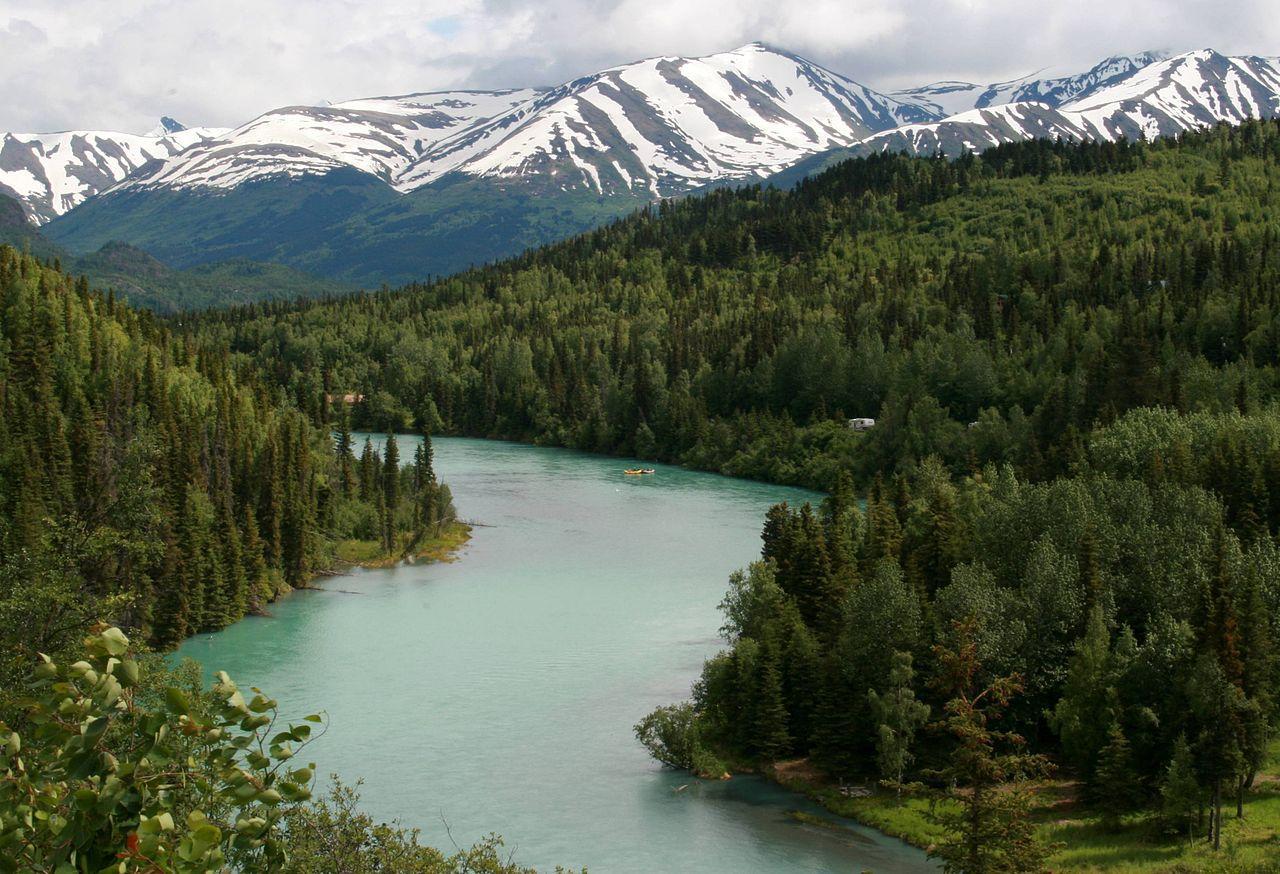
Often considered the last frontier, Alaska’s vast wilderness consists of untouched forests, lush vegetation, and extensive rivers that flow throughout the state, resulting in a place of natural beauty.
However, a new study funded by the National Park Service, the U.S. Geological Survey, and the University of California discovered that numerous rivers in the state have turned an unusual orange color, which many suggest is highly toxic.
The Rusting of Arctic Streams

The study, titled “Metal mobilization from thawing permafrost to aquatic ecosystems is driving rusting of Arctic streams,” was published in Communications Earth & Environment.
According to the researchers’ findings, the reason behind the orange color in the Arctic streams stems from metal ores released into the waterways due to permafrost melts. The rusty color may have come as a result of the metallic minerals’ oxidation.
Problem Noticed Several Years Ago

The study’s lead author, Jon O’Donnell, first noticed the discoloration of the Arctic waterways in 2018.
O’Donnell, an ecologist for the NPS’ Arctic Inventory and Monitoring Network, decided to bring several researchers together to investigate the orange mystery. “The more we flew around, we started noticing more and more orange rivers and streams,” O’Donnell summarized in a findings summary.
Milky Orange Streams in the Arctic
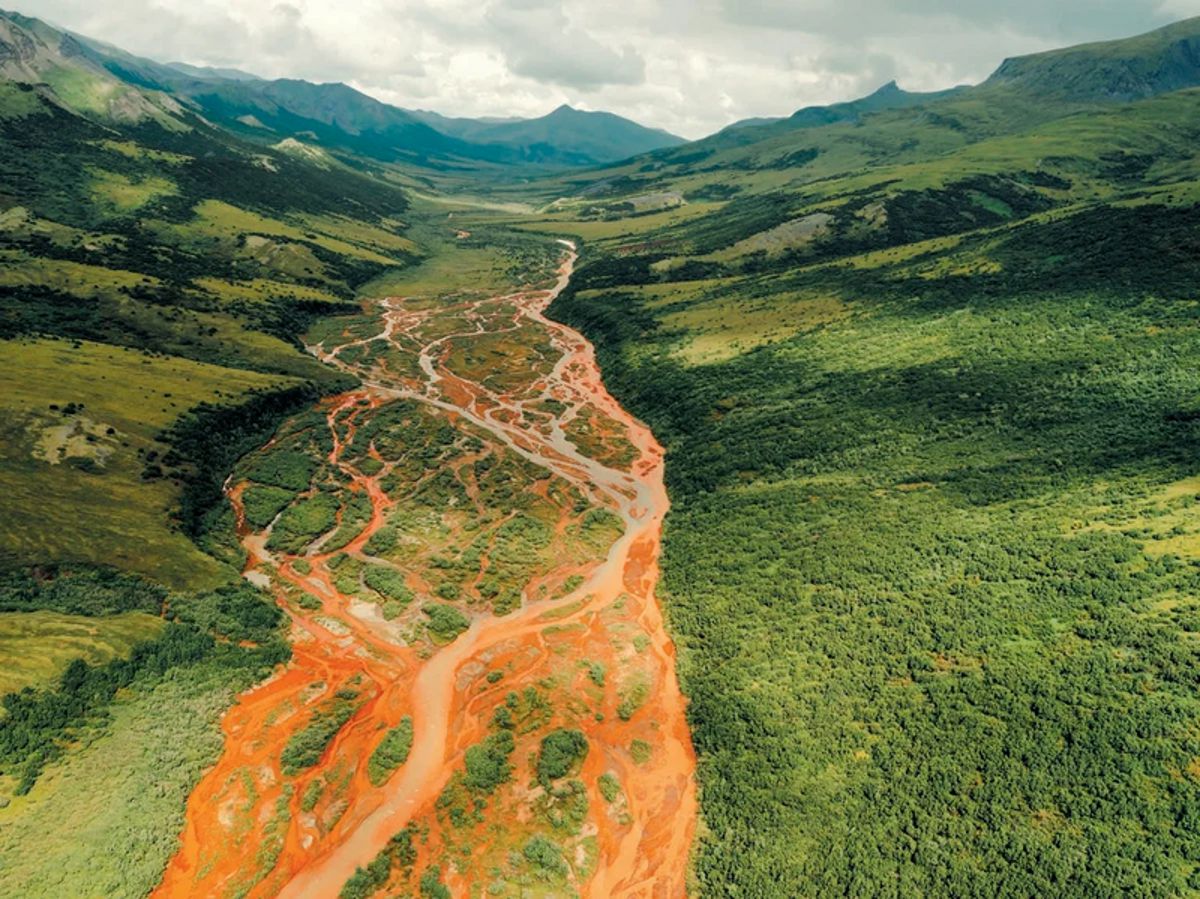
O’Donnell observed that the high levels of metal minerals in the waterways are certainly toxic and could lead to several ecological disasters in the region.
“There are certain sites that look almost like a milky orange juice. Those orange streams can be problematic both in terms of being toxic but might also prevent migration of fish to spawning areas,” he said.
Researchers Take Samples From the Waters

During the initial study, researchers from O’Donnell’s team took several samples from different streams, all lying north of the Alaska Brooks Range.
The researchers discovered that the water’s pH level was around 2.3, whereas the typical average is generally around 8.0 pH. This suggests that the water is highly acidic.
High Level of Metals in the Water
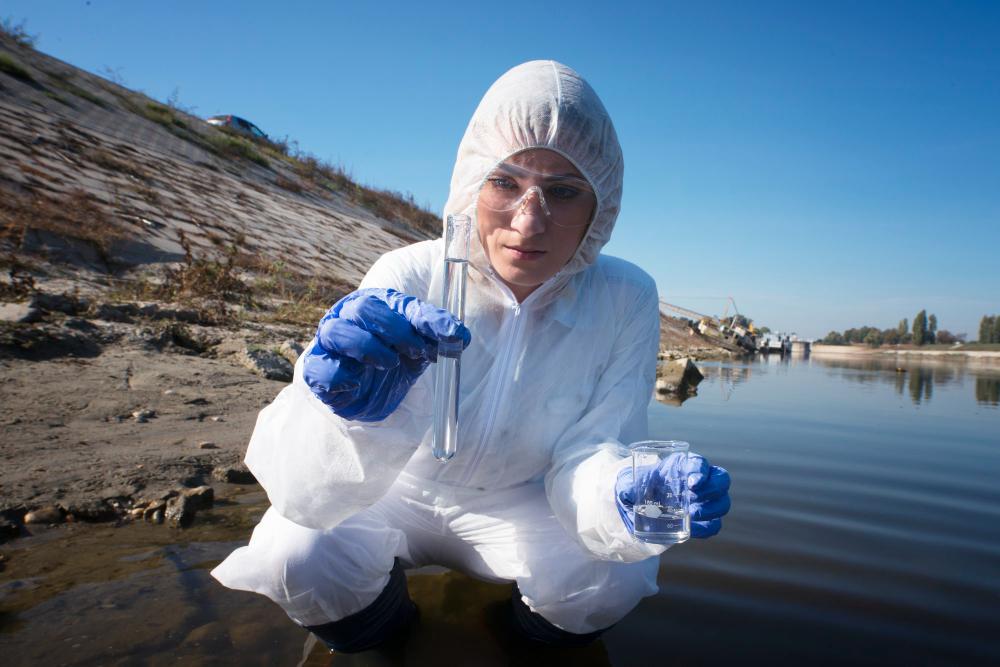
Researchers were able to surmise from their test results that the minerals were breaking down in the water and ultimately releasing metal particles.
The results of their tests indicated a high level of various metals in the streams, including iron, zinc, nickel, cadmium, and copper. All of these metals appear to have affected the color of the water. However, the researchers believe that iron has the worst effects.
Problems WIth Heavy Metals in the Arctic Streams
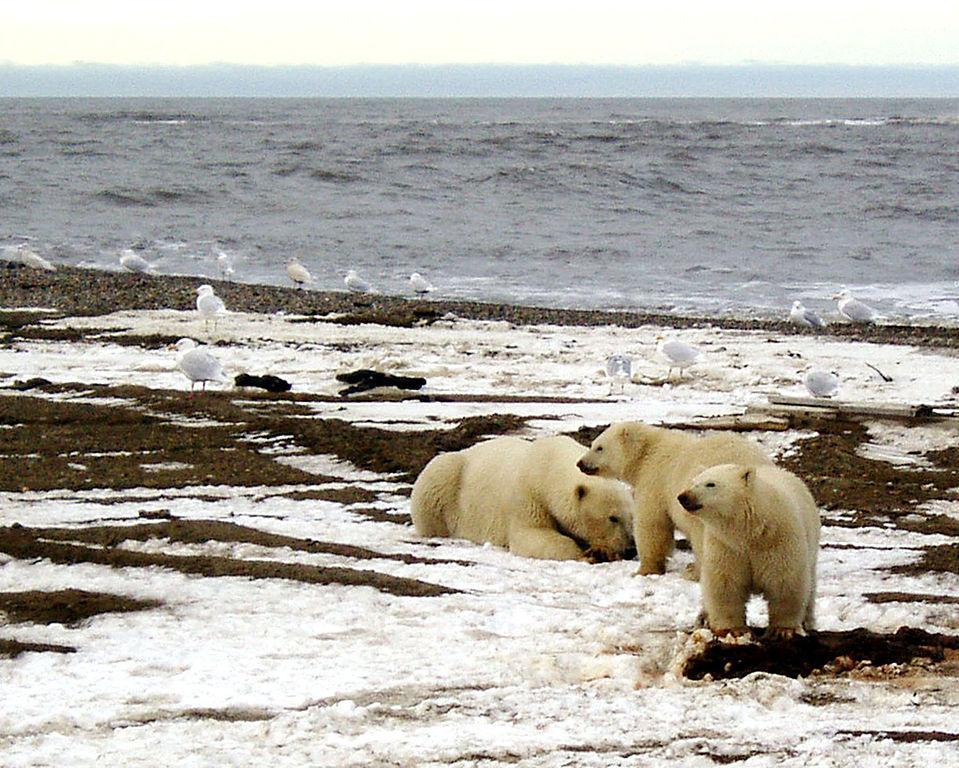
The tests have produced concerning results, as the streams provide an essential source of drinking water for the surrounding regions.
However, the rising toxicity in the water levels will also negatively affect the Arctic watersheds in general, resulting in a weakened ecosystem for every living creature in the region.
Orange Water Can Be Seen From Space
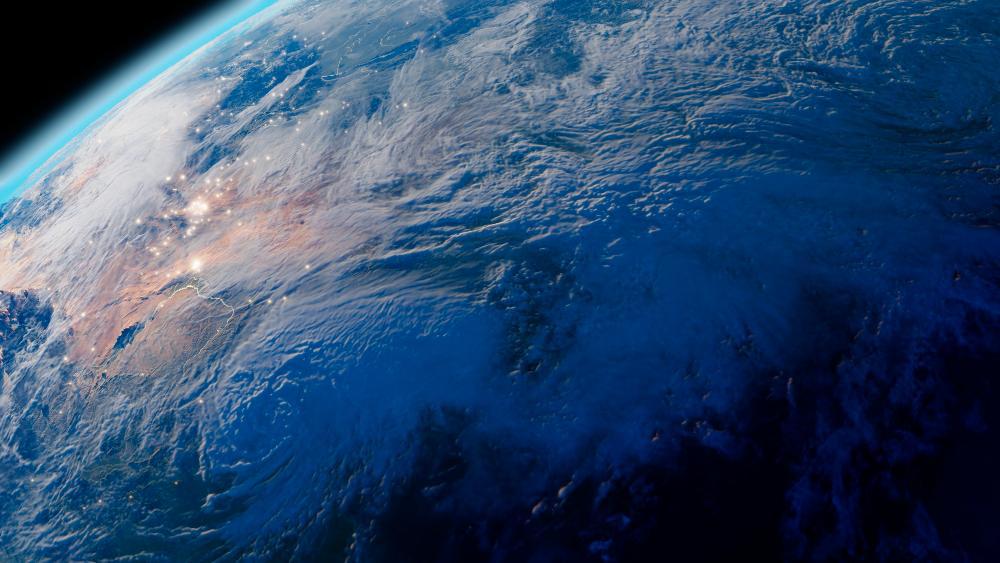
The orange color, which researchers suspect is a direct result of the increased deposits of minerals into the streams, is so severe it can be seen from space.
“The stained rivers are so big we can see them from space,” Brett Poulin, an assistant professor of environmental toxicology at UC Davis who was an investigator in the research, said in a statement. “These have to be stained a lot to pick them up from space.”
Orange Waters Go Back to 2008
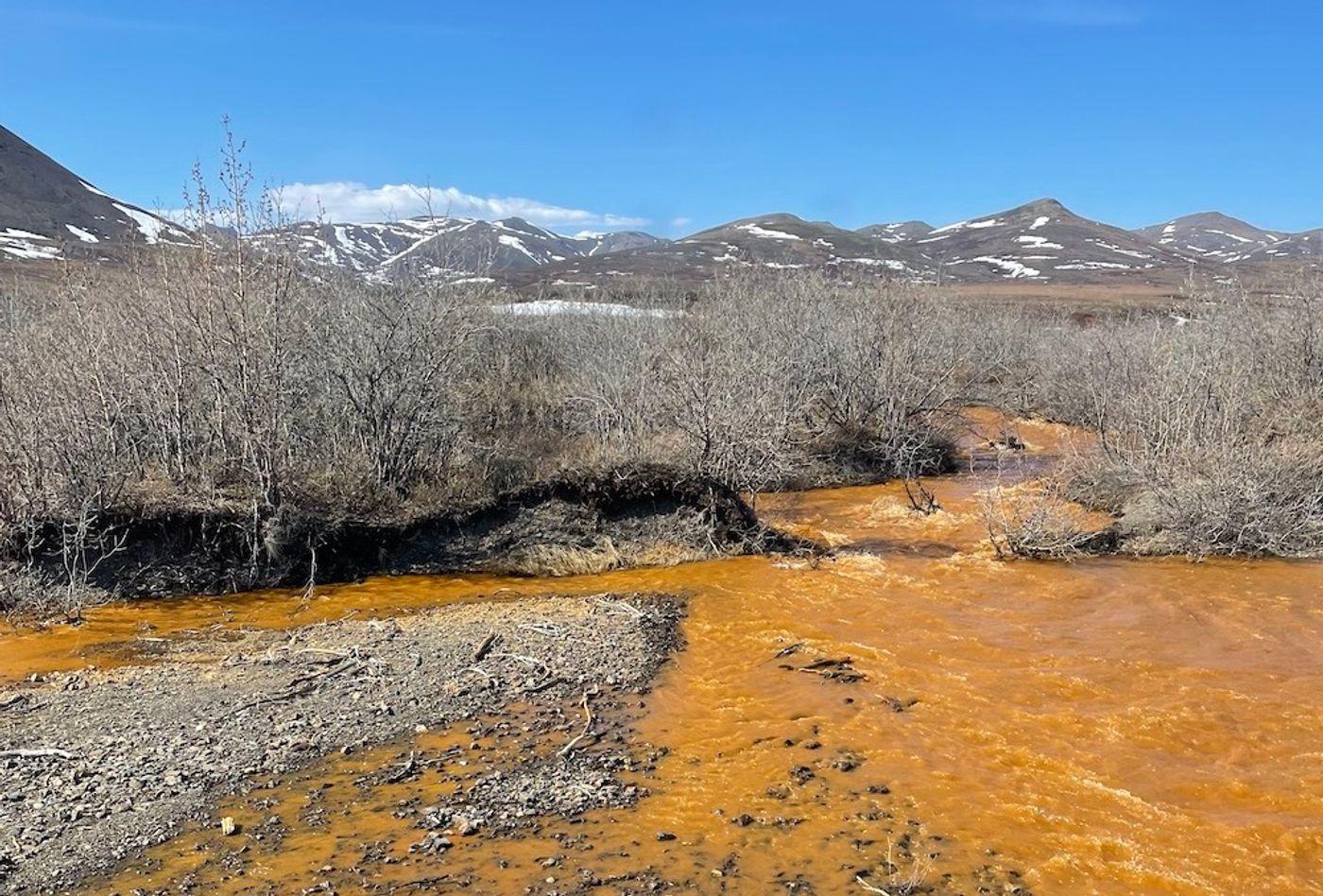
While O’Donnell first noticed the orange Arctic streams in 2018, satellite images have revealed that some of the rivers were orange as far back as 2008.
“The issue is slowly propagating from small headwaters into bigger rivers over time,” Ph.D. candidate Taylor Evinger, who also worked on the research, said in a statement. “When emergent issues or threats come about, we need to be able to understand them.”
Climate Change Will Continue to Affect the Rivers

Scientists are worried the orange waters will continue to appear in the Arctic regions as climate change hastens the melting of permafrost.
“As the climate continues to warm, we would expect permafrost to continue to thaw and so wherever there are these types of minerals, there’s potential for streams to be turning orange and becoming degraded in terms of water quality.”
More Research Needs to Be Completed

The researchers associated with O’Donnell’s study note that further research will be required to understand the issue on a much wider scale.
First and foremost, the researchers want to determine whether the streams and pathways can recover from the contamination. If not, it then suggests the surrounding regions may begin to experience significant problems in the future due to the toxic waterways.
Indigenous Communities Face Water Crisis
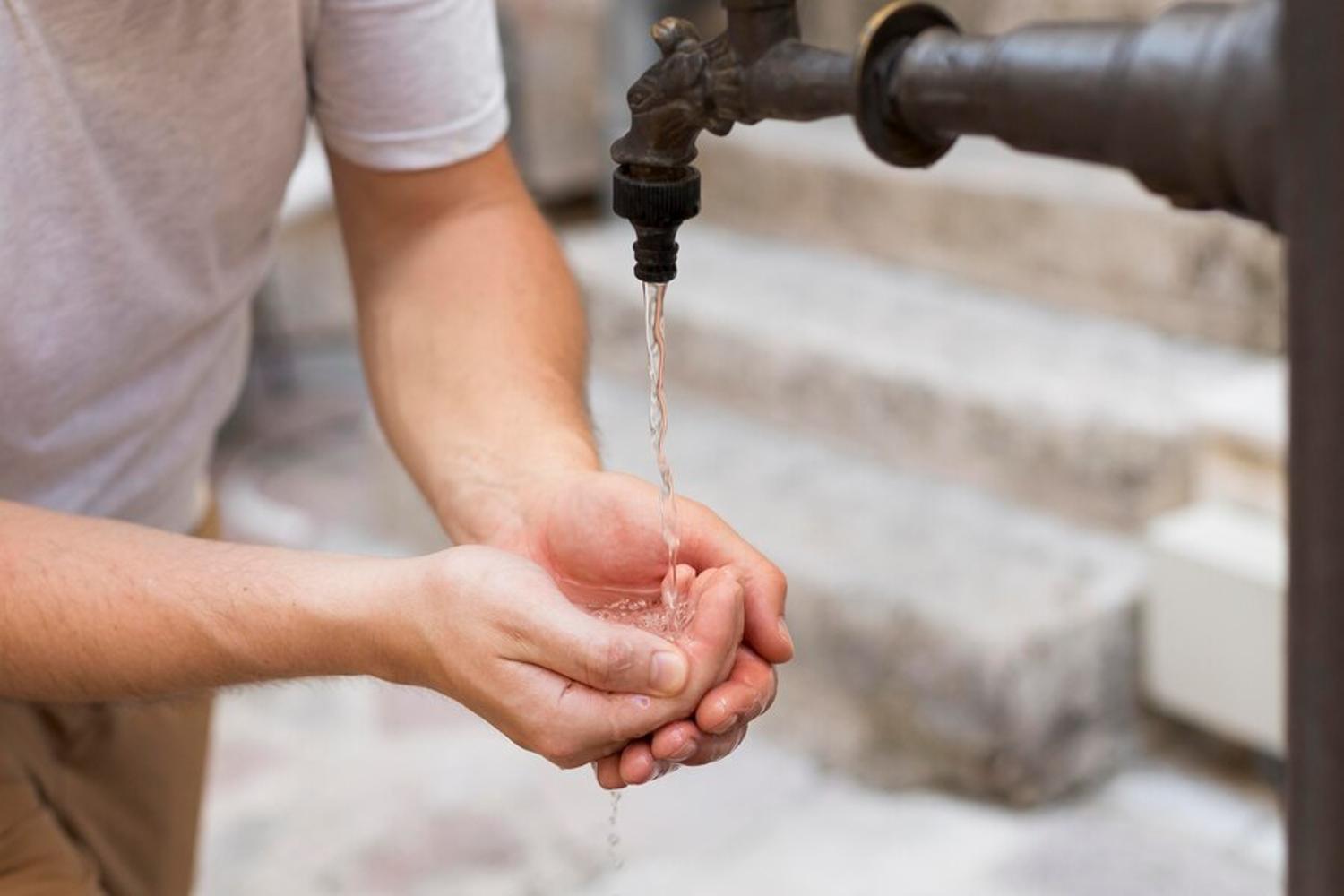
The toxic waterways have severely impacted Alaska’s Indigenous communities, disrupting traditional fishing practices and daily water use.
These rivers, feeding into fisheries and acting as a source of sustenance and cultural identity, now pose health risks due to contamination.
Efforts to Combat Toxic Rivers
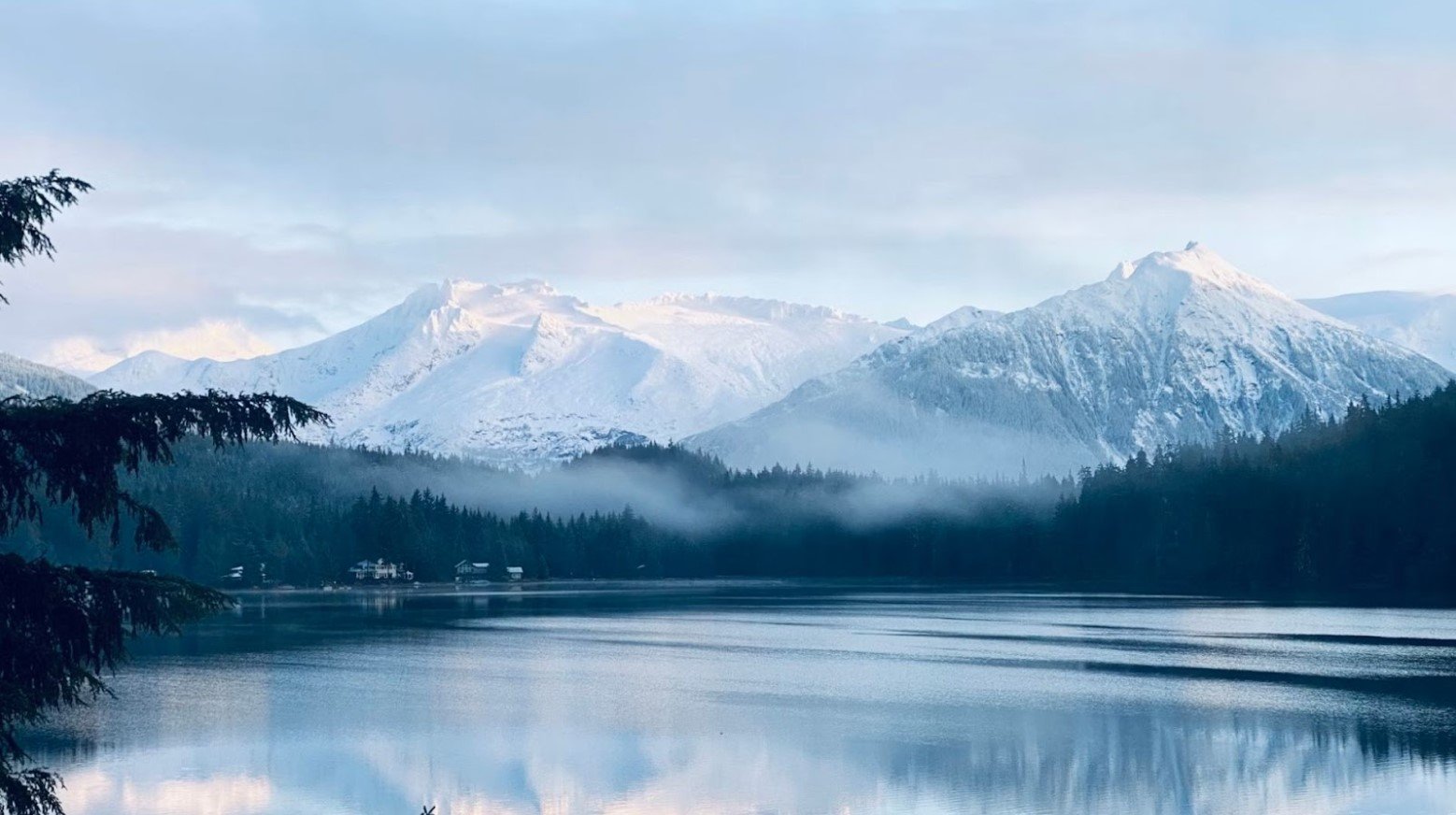
Indigenous communities are actively seeking solutions to mitigate the effects of the toxic rivers. Initiatives include water filtration projects, community-led monitoring programs, and advocacy for stronger environmental protections.
These efforts aim to preserve their cultural heritage and ensure access to safe, clean water.
Threats to Wildlife and Biodiversity
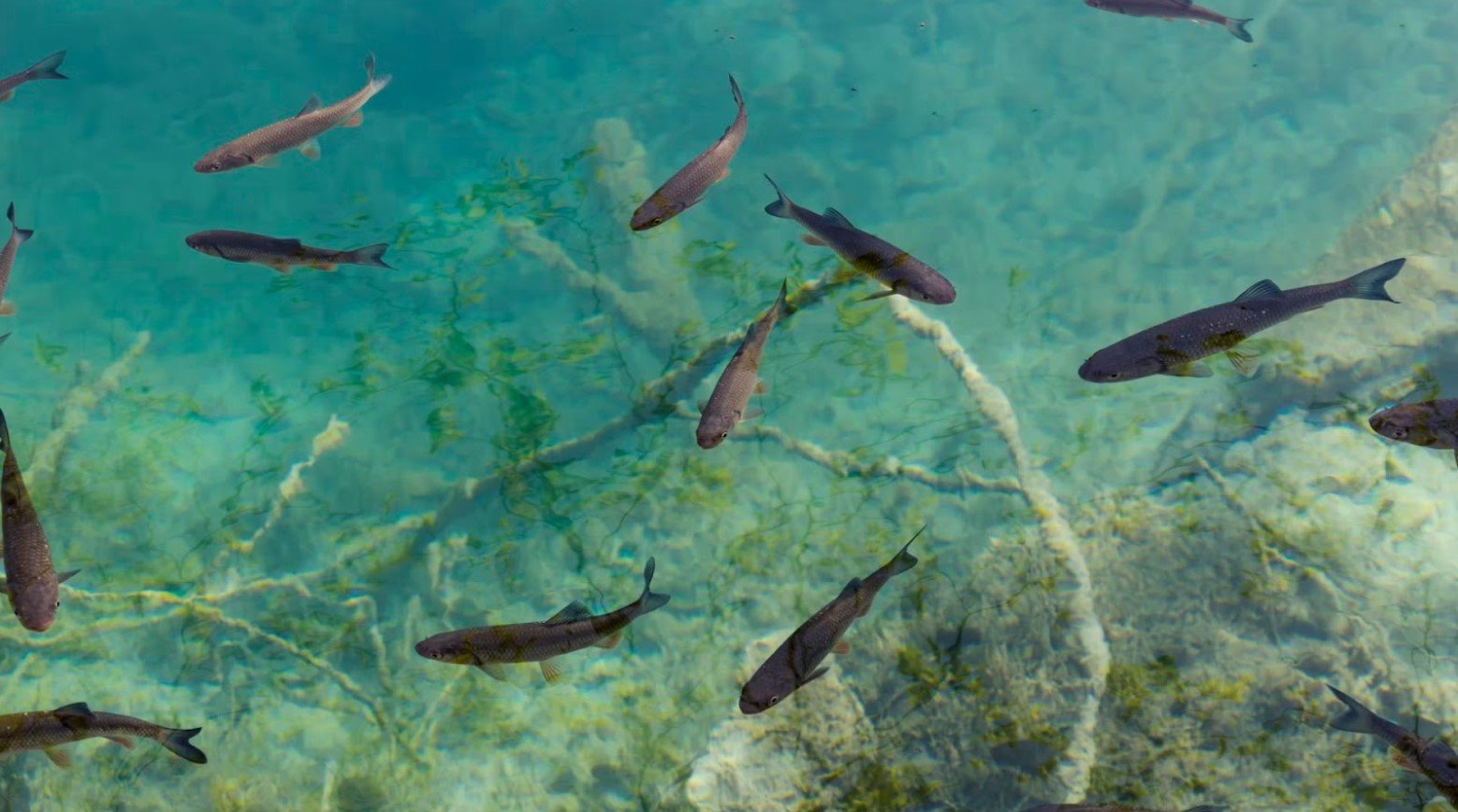
The changing water conditions are endangering local wildlife, particularly fish species vital to the ecosystem. Salmon and other fish struggle to survive in the acidic, metal-laden waters, threatening their populations.
This disruption affects not only the fish but also the animals and birds that rely on them for food, potentially leading to a cascading effect on the region’s biodiversity.
Conservation Efforts for Affected Species

Efforts to protect wildlife include establishing conservation zones and implementing breeding programs for endangered species. Scientists are studying the adaptability of various species to the new water conditions, hoping to identify resilient populations.
These measures are critical to maintaining the ecological balance and preventing the loss of biodiversity that could have far-reaching consequences for the entire region.
Economic Fallout from Water Pollution
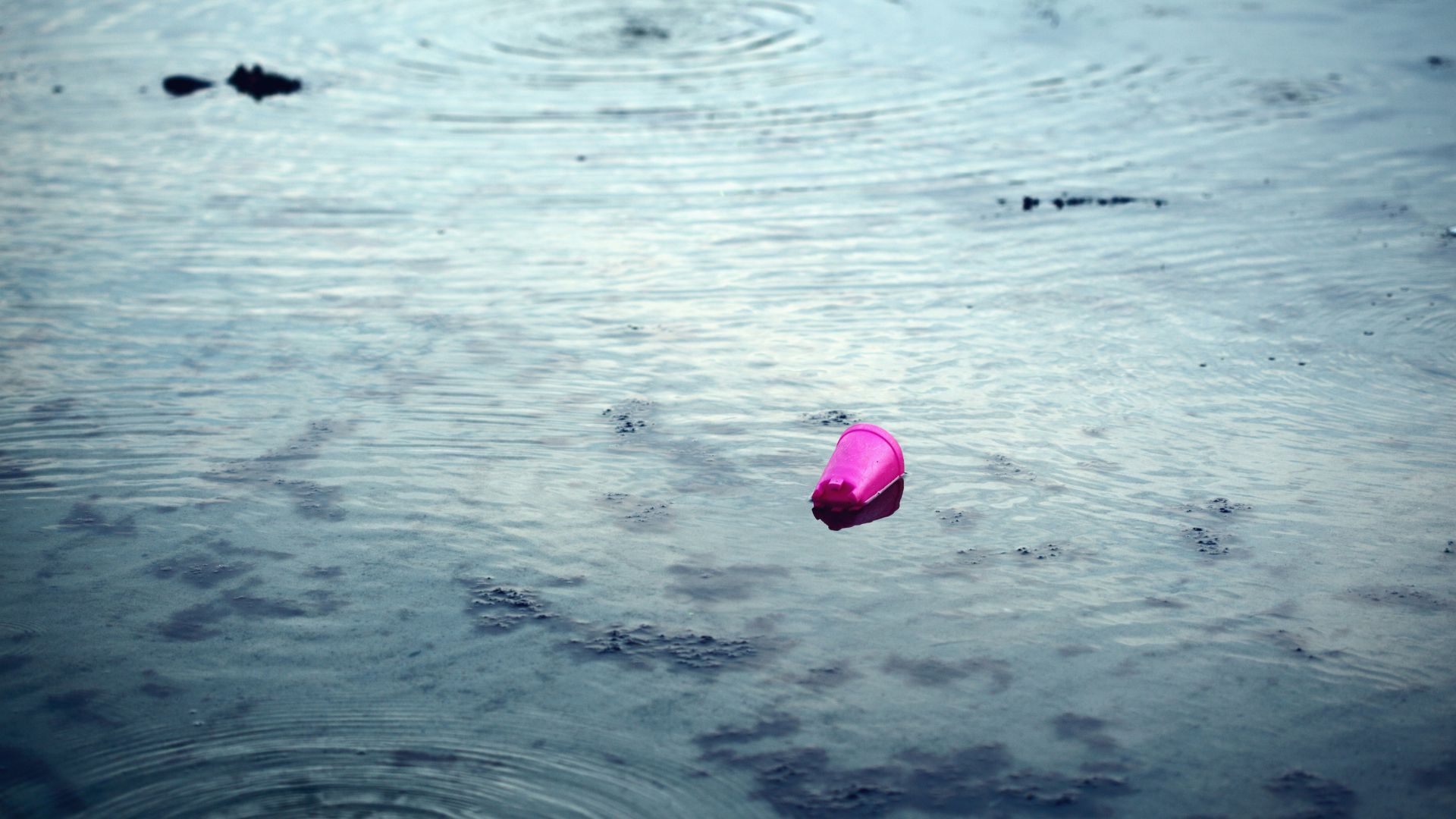
The orange rivers are impacting Alaska’s economy, particularly the fishing and tourism industries. Contaminated waters lead to declining fish stocks, affecting commercial fishing operations and livelihoods.
Tourists, drawn to Alaska’s pristine wilderness, are deterred by the environmental degradation, leading to reduced revenue for local businesses that depend on eco-tourism.
Strengthening Environmental Policies
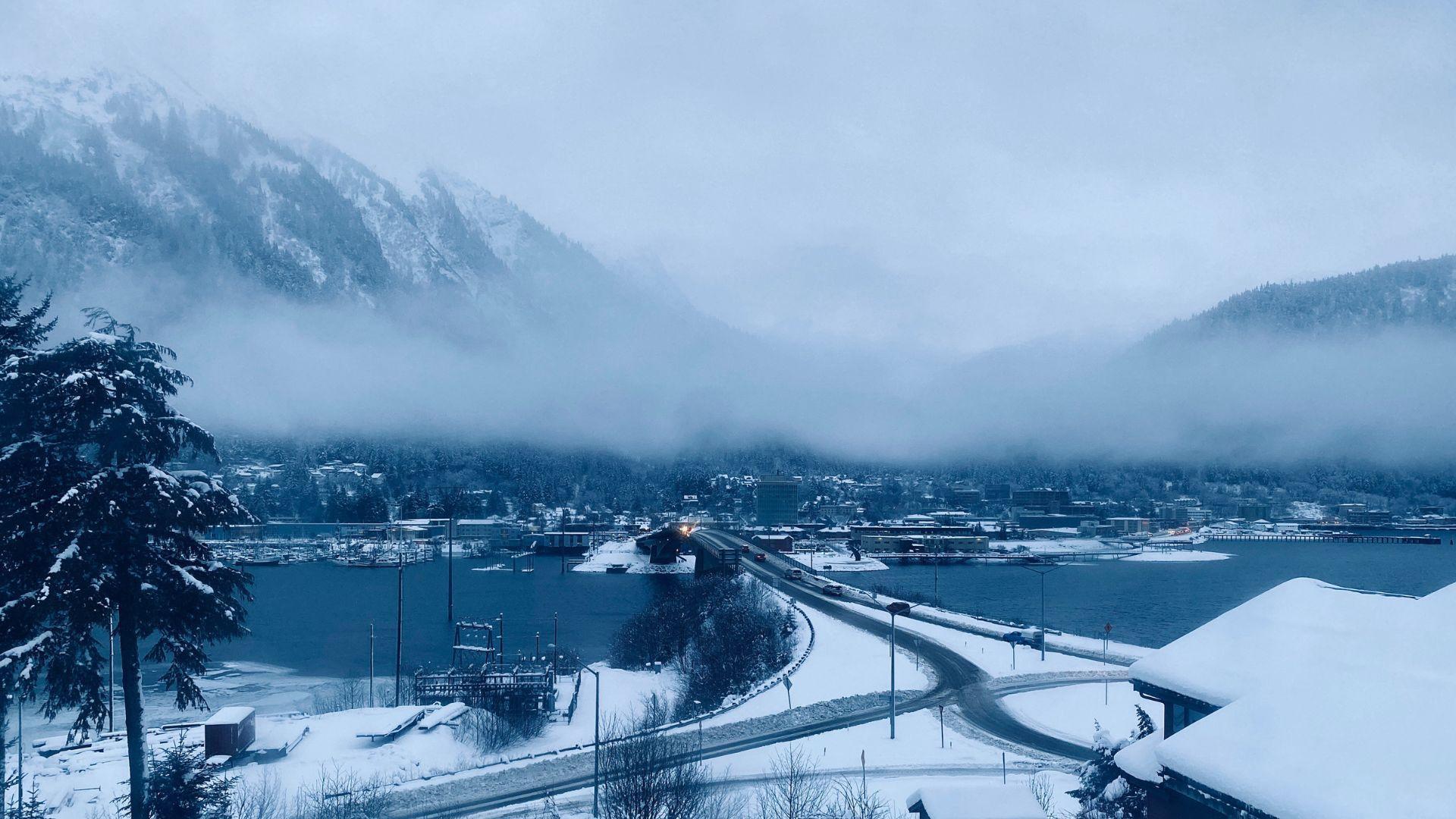
Alaska’s government is reviewing and strengthening policies to address water quality and environmental protection. New regulations aim to limit industrial pollution and increase monitoring of affected waterways.
These measures are designed to prevent further contamination and ensure rapid response to environmental threats, safeguarding both human health and the natural environment.
Legislative Actions for Water Safety
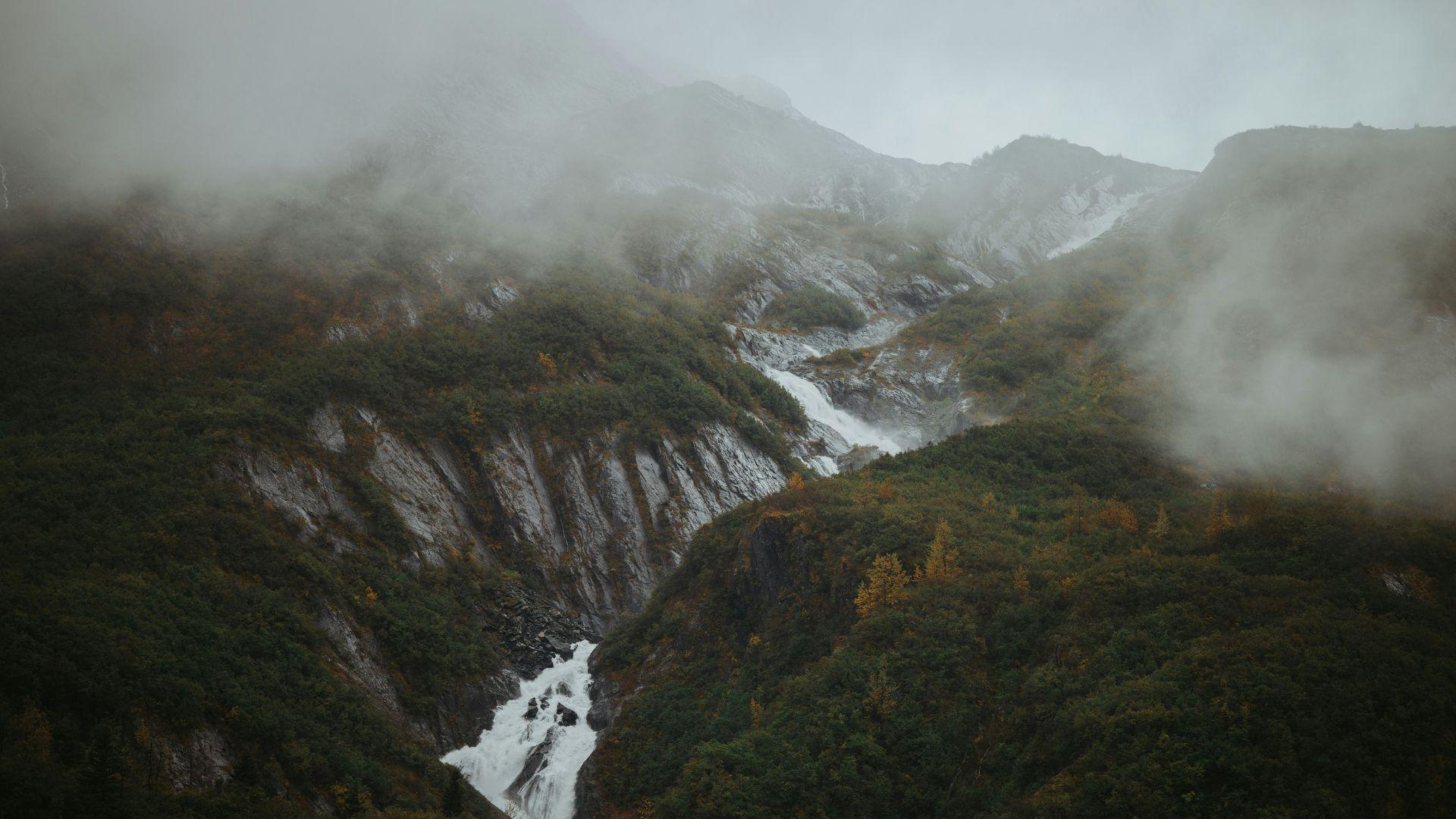
Proposed legislative changes could include stricter enforcement of environmental standards and increased funding for research and cleanup efforts.
Policymakers may also need to consider partnerships with federal agencies and environmental organizations to enhance regulatory frameworks.
Global Examples of Water Contamination
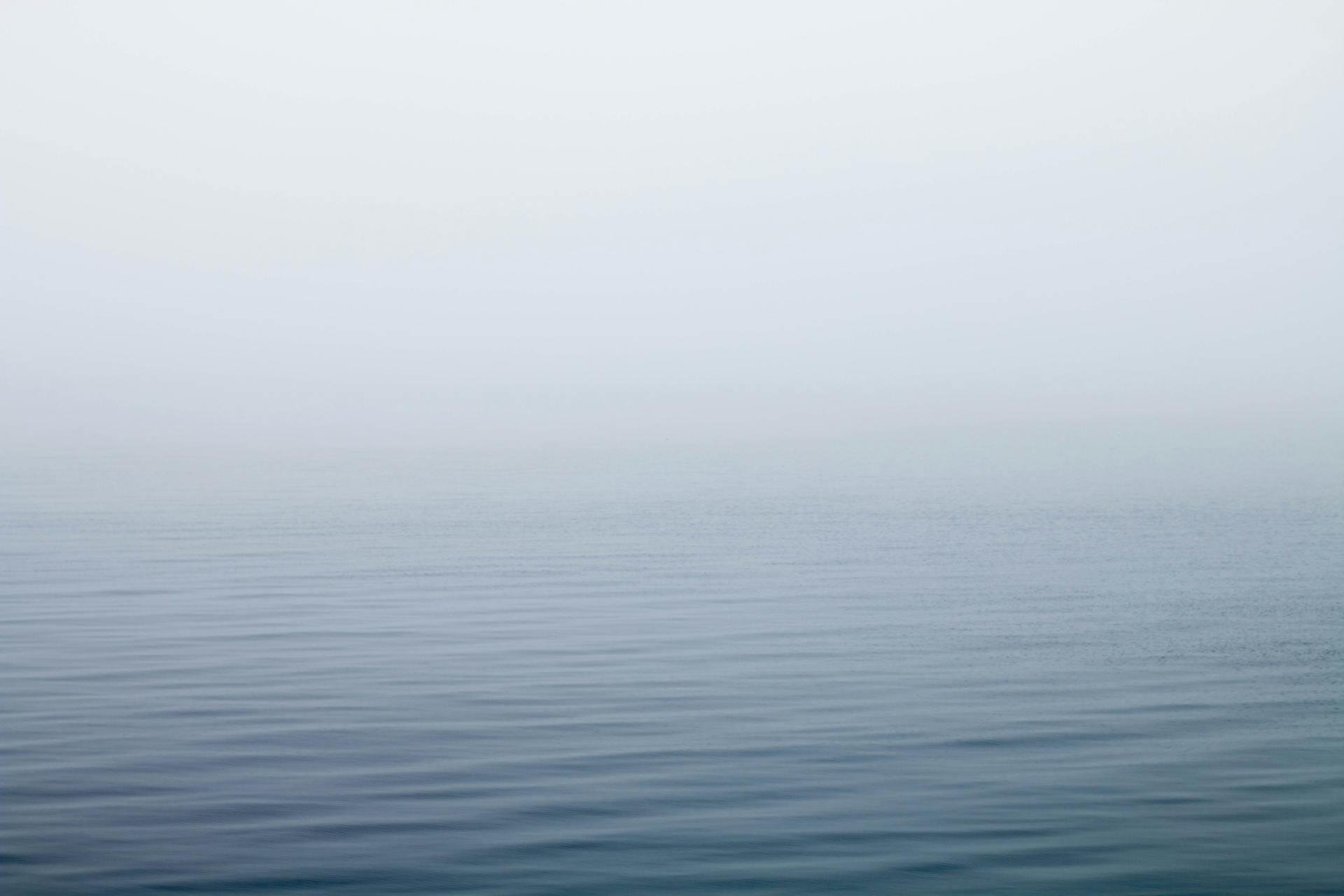
Siberia has experienced similar issues with its waterways due to permafrost melt, releasing heavy metals into rivers and affecting local ecosystems.
These incidents highlight the widespread impact of climate change on northern regions, where warming temperatures are altering natural landscapes and creating new environmental challenges that require immediate attention and global cooperation.
Greenland’s Melting Ice and Polluted Rivers

Greenland’s rivers are also facing a crisis as rapid ice melt releases heavy metals and pollutants into the water, creating a pressing environmental challenge.
The increased runoff from melting glaciers has altered the water quality, affecting local wildlife and communities, specifically increasing the flood risk.
Canada’s Permafrost Thaw and Water Quality

Canada’s Yukon Territory faces similar threats, with melting permafrost releasing pollutants into rivers, impacting water quality and wildlife.
These occurrences parallel Alaska’s situation, demonstrating that northern ecosystems are particularly vulnerable to climate-induced changes.
Scandinavian Rivers and Metal Contamination

In Scandinavia, countries like Norway and Sweden are experiencing increased metal contamination in rivers due to permafrost thaw. These regions are implementing advanced technologies for water purification and habitat restoration.
Sharing knowledge and strategies among these affected areas can lead to more effective solutions and bolster efforts to combat the broader impacts of climate change on Arctic environments.
A Call to Action for Alaska’s Rivers

The orange rivers of Alaska signify a broader environmental crisis driven by climate change. The impacts on Indigenous communities, wildlife, and the economy underscore the urgency of addressing this issue.
Strengthened policies, scientific innovation, and global cooperation are essential to mitigate these effects. By understanding and responding to these challenges, we can work towards preserving Alaska’s natural heritage for future generations.








































